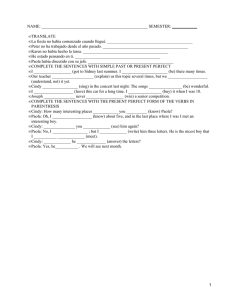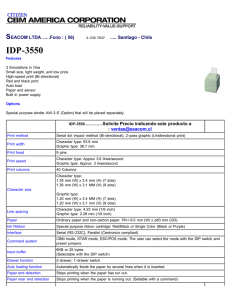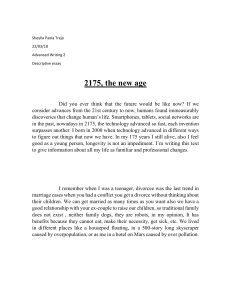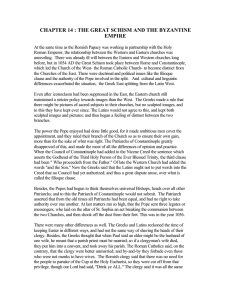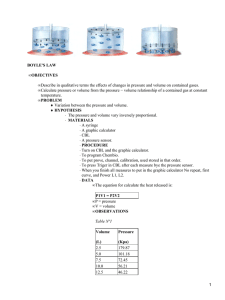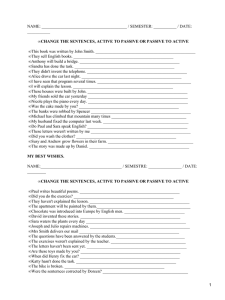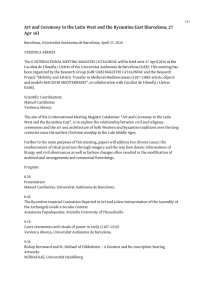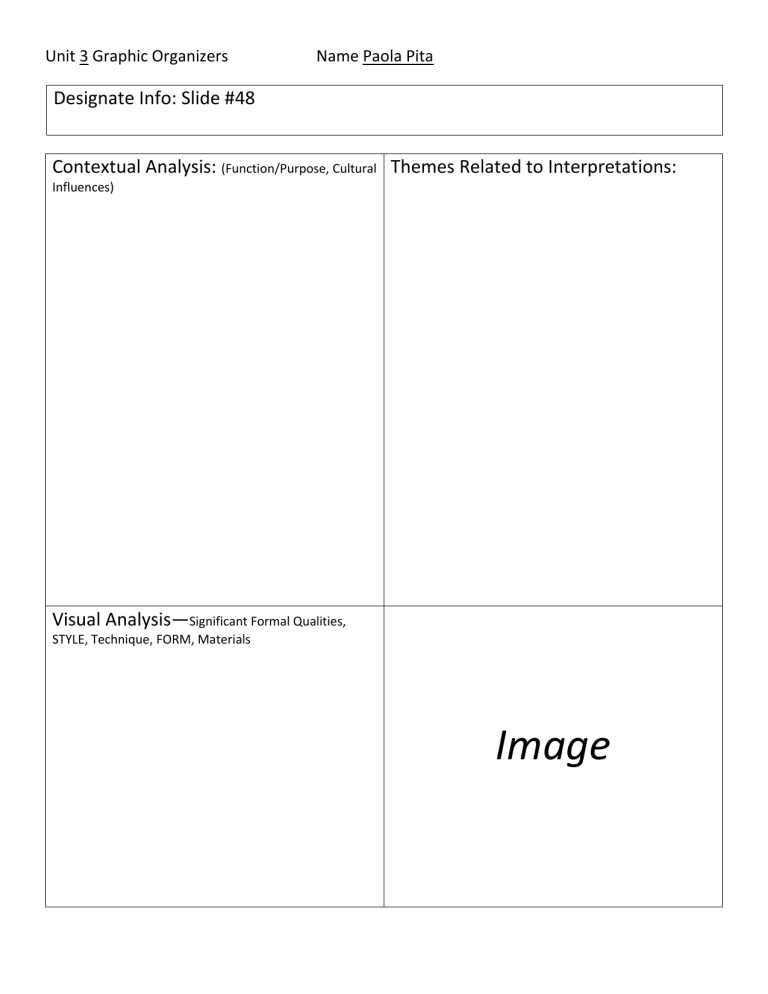
Unit 3 Graphic Organizers Name Paola Pita Designate Info: Slide #48 Contextual Analysis: (Function/Purpose, Cultural Themes Related to Interpretations: Influences) Visual Analysis—Significant Formal Qualities, STYLE, Technique, FORM, Materials Image Unit 3 Graphic Organizers Name Paola Pita Designate Info: Slide #49 Contextual Analysis: (Function/Purpose, Cultural Themes Related to Interpretations: Influences) Visual Analysis—Significant Formal Qualities, STYLE, Technique, FORM, Materials Image Unit 3 Graphic Organizers Name Paola Pita Designate Info: Slide #50 Contextual Analysis: (Function/Purpose, Cultural Themes Related to Interpretations: Influences) Visual Analysis—Significant Formal Qualities, STYLE, Technique, FORM, Materials Image Unit 3 Graphic Organizers Name Paola Pita Designate Info: Slide #51. San Vitale. Ravenna, Italy. Early Byzantine Europe. c. 526-547 C.E. Brick, marble, & stone veneer; mosaic. Contextual Analysis: (Function/Purpose, Cultural Influences) Visual Analysis—Significant Formal Qualities, STYLE, Technique, FORM, Materials Themes Related to Interpretations: Unit 3 Graphic Organizers Name Paola Pita Designate Info: Slide #52 Hagia Sophia. Constantinople (Instabul). Anthemius of Tralles and Isidorus of Miletus. 532 – 537 C. E. Brick & Ceramic elements with stone & mosaic veneer. Contextual Analysis: (Function/Purpose, Cultural Themes Related to Interpretations: Influences) Commissioned & supervised by Justinian in Constantinople. Muslims destroyed most mosaics that were there. Turned from Minarets were not original to the building, they were an Islamic addition’ they served a purpose, similar to church bells, men would climb up the minarets & call people to go to church. Religion Propaganda Utilitarian Power dynamics Visual Analysis—Significant Formal Qualities, STYLE, Technique, FORM, Materials Moullions when light reflected made the dome look like it was floating by an act of holiness. Byzantine Building Characteristics: Plain exterior, brick exterior central plan, lavishly decorated interiors, domes. Architects: Anthemius of Tralles & Isidorus of Miletus. Pendentive technique. Each half dome has 2 half domes buttressing against them to support the building, Basilika characteristics: Narthex, nave, apse, dome. Image Unit 3 Graphic Organizers Name Paola Pita Designate Info: Slide #53 Merovingian looped fibulae. Early medieval Europe. Mid-sixth century C.E. Silver gilt worked in filigree, with inlays of garnets & other stones. Contextual Analysis: (Function/Purpose, Cultural Themes Related to Interpretations: Influences) Could be used as a pin, to attach garnets together, etc. Merovingian ruled a large part Eagle was the pagan symbol of the Sun, & also connects to St. John who is one of the 12 _ of jesus. In shape of a crossbow to represent warfare of the time. Displayed prominently. Used as a display of status & wealth; could even be used to identify the wearer. Frequently found buried. Not much writing because they were barbarians and illiterate. Interlacing pattern is a trap for the devil & evil spirits. Fish & cross are symbols of Christianity. Interlacing & zoomorphic were barbaric characteristics. Fish & cross are Christian characteristic. Status of wealth & religion (this specific piece) Status Religion Visual Analysis—Significant Formal Qualities, STYLE, Technique, FORM, Materials Cloissonńe technique, for decorating metalwork objects w/ colored material held in place or separated by metal strips or wire, normally of gold. Has interlacing, makes it look like the outline is knotted. Horror vacuí, fear of empty space; they believed that high amount of detail was pleasing to the eye. Zoomorphic elements, inclusion of animals; eagle, fish. Image Unit 3 Graphic Organizers Name Paola Pita Designate Info: Slide #54 Virgin (Theotokos) & Child between Saints Theodore & George. Early Byzantine Europe. Sixth or early seventh century C.E. Encaustic on wood. Contextual Analysis: (Function/Purpose, Cultural Themes Related to Interpretations: Influences) Theotokos means bearer of Christ Piece was worshipping The Virgin Mary; it was illegal to create anything that worshipped any deity other than God. Most pieces of this style were destroyed. Graven image. This piece survived because it was in Egypt and it was not under the Byzantine Empire’s rule. Monastery where it was kept was under Islamic rule so it was preserved. Depict Mary as an intercessor. You pray to her, & she goes to God for you. (Believed at the time) Warrior saints, men who went to war prayed to St. Theodore & George. Older men prayed to Theodore (older saint) and young men would pray to St. George (younger saint). Women would pray to Mary. Would get passed around & people would touch & kiss them. Kept in icono stasis. Visual Analysis—Significant Formal Qualities, STYLE, Technique, FORM, Materials Encaustic on wood: hot wax mixed with pigment and put on canvas or wood. St. Theodore on the left of Mary, St. George on the right of Mary. Characteristic of Byzantine art displayed in piece: lack of anatomy, purple & gold robe (on Mary), flat, full frontal, floating, & gold background. Spatial ambiguity: throne is in front of the two saints adding depth to the piece, making it look like Mary is in front. Difference in style of everyone depicted; believed to have been painted by about 3 painters. Image Halos & the perspective (Saints are looking above viewer) give the piece an, other worldly feel, byzantine characteristic. Virgin & child (Jesus) looking away, said to be looking into the future.
